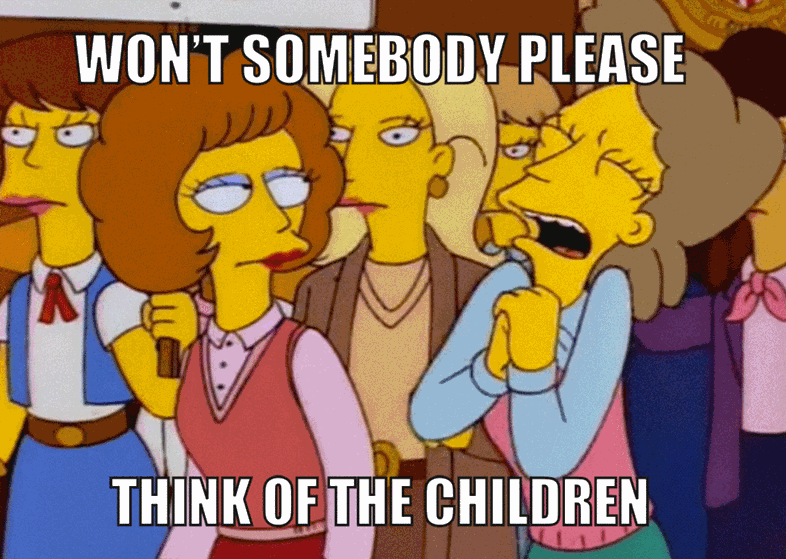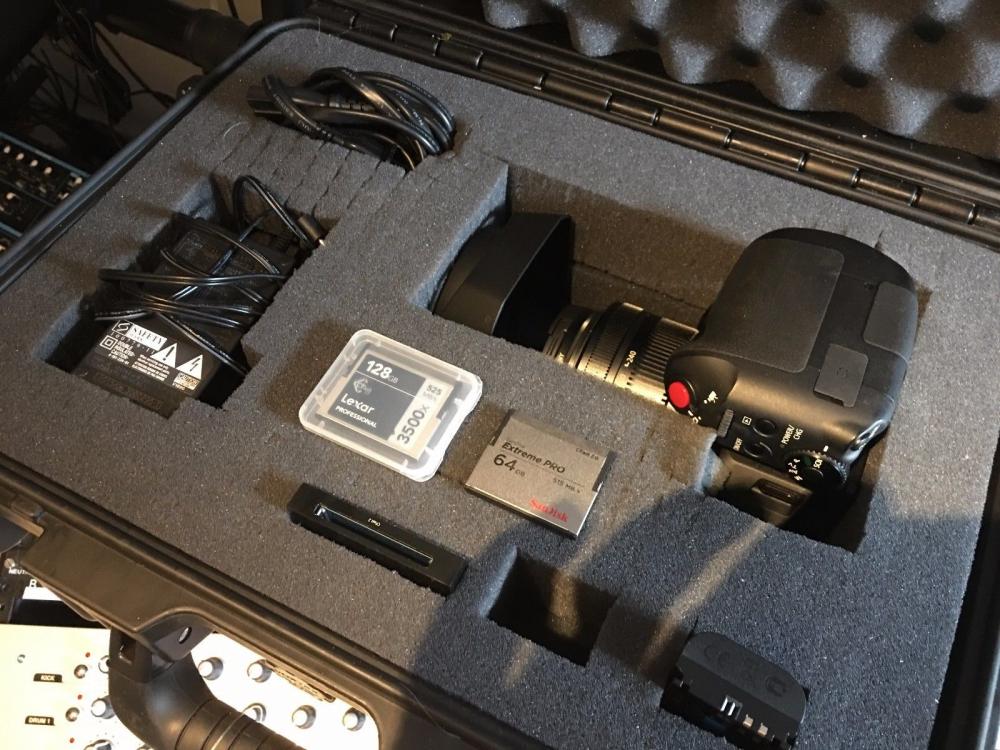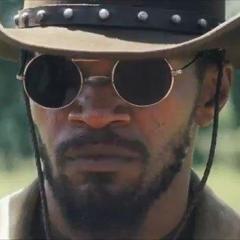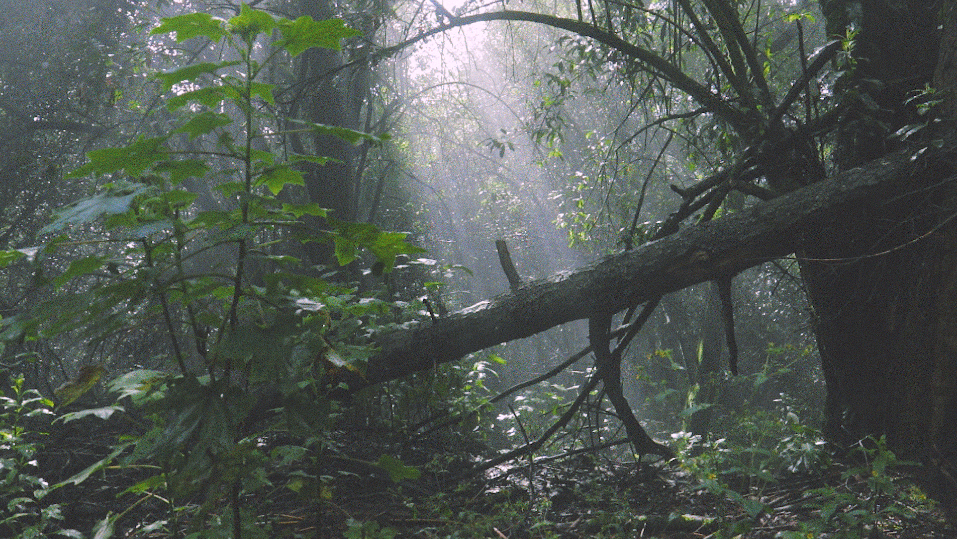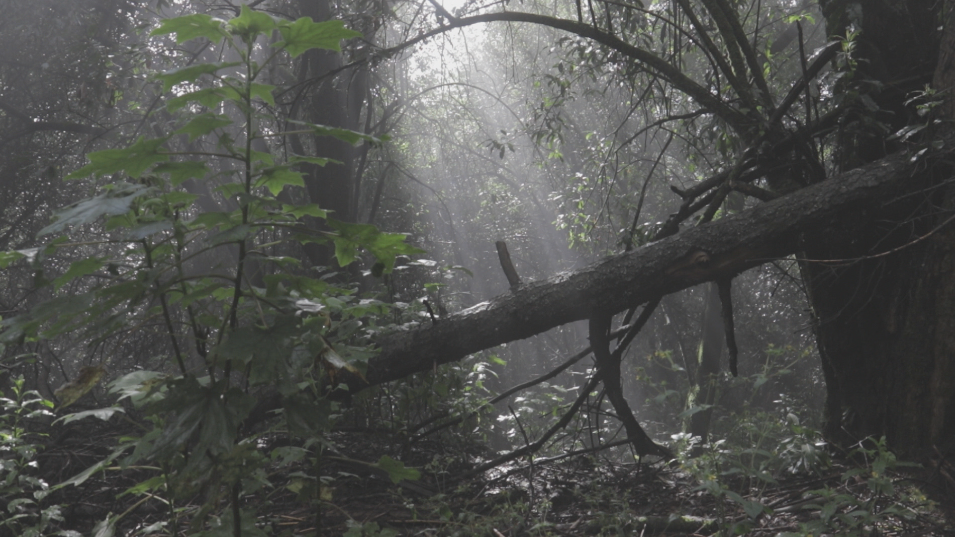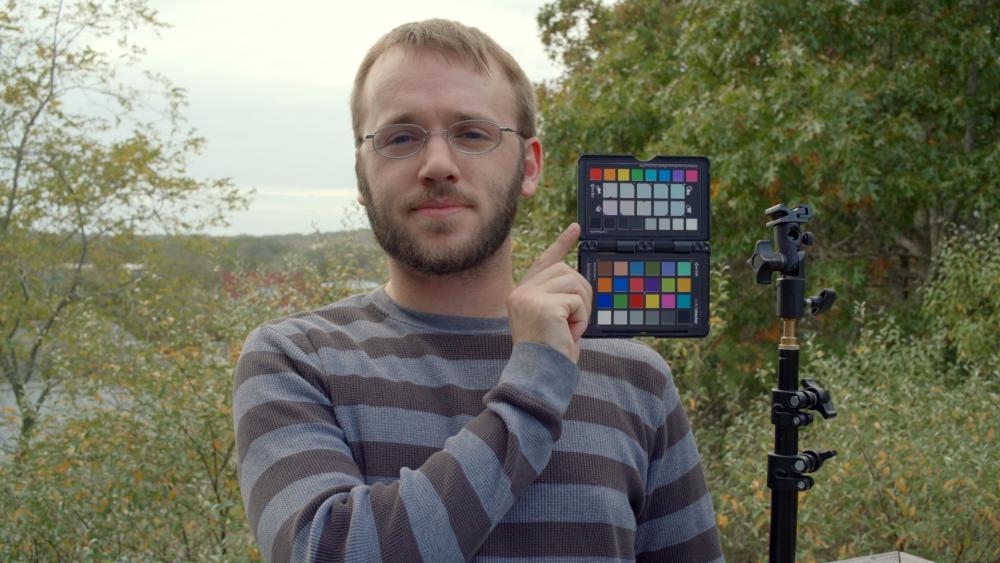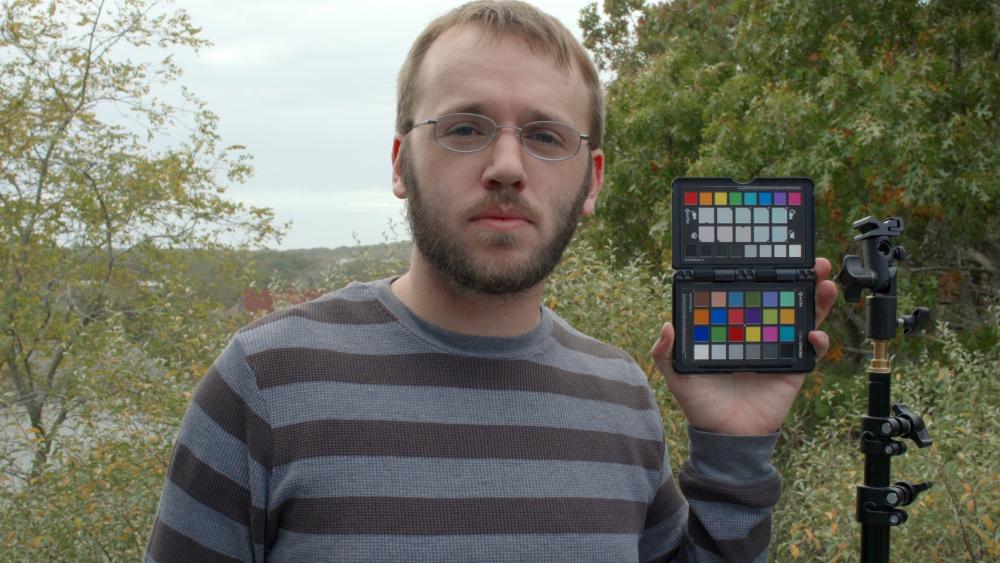Leaderboard
Popular Content
Showing content with the highest reputation on 10/29/2016 in all areas
-
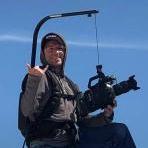
Full Frame Aesthetic?
fuzzynormal and 3 others reacted to Geoff CB for a topic
**** this discussion. Every time it's brought up people argue about it endlessly.4 points -

Full Frame Aesthetic?
Davey and 3 others reacted to Lintelfilm for a topic
Exactly correct. F-stop is a measurement of exposure - the amount of light hitting the sensor is the amount of light hitting the sensor. However aperture size as related to depth of field is a different thing entirely - not related to exposure but image character. Of course the two things are interrelated as one affects the other, but they should not be confused. There will always be real-world advantages to larger sensors, but all things being equal (on paper / mathematically) you can always re-create the "full frame" aesthetic on smaller sensors. THIS IS SERIOUS!!!! STOP BEING TRIVIAL!!!!4 points -
Full Frame Aesthetic?
EthanAlexander and 3 others reacted to mercer for a topic
Idk, to me the full frame example clearly pushes the woman's hair off her right shoulder, whereas the m4/3 leaves it draped over her right shoulder. Damn distortion...4 points -
Nikon Mystery Solved!
Kisaha and 3 others reacted to amsh89es335 for a topic
I sold My Nikon D750 for the Sony A7r II and hated every moment of it (along with the FS7 and A7s I use at work). Then I sold the Sony A7r II to buy again a D750 for its reliability, low rolling shutter, good flat profile, and really good color science to shoot this earlier this year. The Shots at comic con at the beginning and end were a mix of GH4 and Nikon D750.4 points -

(FT5) First images and full specs of the new Panasonic G80. Has new 12-60mm Leica lens!
estarkey7 and 2 others reacted to Michael Ma for a topic
Subject tracking is surprisingly good. The stabilization is impressive. If they can get a little more aggressive with the roll axis stabilization it'll be a huge improvement. I think we are about 2 generations away from matching the performance of gimbals. Still very useful with some warp stabilization. There stabilization noise is an issue. But its not a deal breaker.3 points -
(FT5) First images and full specs of the new Panasonic G80. Has new 12-60mm Leica lens!
Michael Ma and 2 others reacted to Hanriverprod for a topic
I picked one up today at a Panasonic store in Seoul. They told me that they only received 5 bodies. Initial impression: not much heavier than the g7 but feels substantial in the hand and not like a plastic toy. The body stabilization noise can be heard faintly at an arm's distance away. I couldn't hear at the shop but once I brought it home it's noticeable, so I wonder how loud it is compared to other companies ibis since this is my first camera with it. I got it with 14-140mm mk ii since they are not shipping or even selling the 12-60mm in Korea. The dual is seems great with this lens even at 140mm hand held. Have to do more testing, but I would feel comfortable walking about shooting this zoomed in without a tripod. I was concerned about the tracking af and it's not as intuitive as canon dpaf which just does it on its own but it seems pretty good once you set it. Also, the lens is new but when I'm zooming in or out in the middle it seems to catch like gears are slightly rumbling(?). Just at that point it doesn't seem that smooth. Does anyone have any experience with this lens 14-140mm f/3.5-5.6 and know if this is normal? I'm no camera expert but if anyone has any questions I can try to answer it.3 points -
Yeah, this discussion... opinions on facts :-/ For those interested, the Northrup video comes recommended. He explains and proves his point. For readers, Dpreview did an extensive piece on it as well, with 2250 comments full of confusion :-)2 points
-
Well that settles it then, moderator please delete this post or close it for further comments... ? But seriously, yeah there should be a D760 announced, but I assume it will be $2000 plus for body only... The 750 can be had refurbished for less that $1500.2 points
-
Given equal quality of the footage (say, not a really soft 1080p output from one of the cameras): if you match exposure and colors of footage, very few will notice - even if given the task to spot the differences. Low-light footage will be an exception, where footage from smaller sensors will be noisier (if they're from the same generation of sensor technology). One aspect I find important with full frame, is that I can easily find wide lenses with very little distortion for full frame. With the 28mm f/2.8 AI-S Nikkor, or with the 16-35mm f/4 I can shoot wide shots with very little distortion. The smaller the focal length, the harder it becomes to design lenses with little distortion.2 points
-
Full Frame Aesthetic?
Lintelfilm and one other reacted to Timotheus for a topic
@Mattias Burling we seem to disagree, so let's explore this al little bit, because I think understanding equivalence is useful for anyone, especially when juggling camera's with different sized sensors. You didn't respond to what I said, i.e. you can get the same framing, same depth of field, shooting from the same spot...with different sensor-sized camera's. The key is using lenses that compensate for the differences in sensor size. The math concerns using crop factors for both focal length and f-stop to estimate the effects on framing and DOF. The physical f-stop obviously does not change. You show a screenshot from a Tony Northrup video that proves exactly these points! In the example using 100mm f5.6 on full frame yields the same framing and DOF as a 50mm f2.8 on MFT (2x crop). You can hear Northrup explain from 16:06...your example shows up right at 17:18 :-) Obviously there are limits as to what is currently possible. Getting the same framing and DOF as a fullframe 50mm F1.2 on a MFT camera would mean using a 25mm F0.6, which doesn't exist (yet!).2 points -
Full Frame Aesthetic?
EthanAlexander and one other reacted to Mattias Burling for a topic
But you can never use a small sensor and achieve the same pictures as a large sensor. Thats why they are so popular. Taking a portrait with 100mm looks so much better (to most) than with a 50mm. Only problem is that on a MFT that 100mm has you backing out of the studion ruining the ascetics regarding background compression. The only difference between sensor sizes is the workable distance to fill the frame on a certain focal length. And that can be replaced with math and equivalent lenses. If you want the ascetics of FF you need to use FF. Here you see it clearly. The shooter has used an equivalent focal length and aperture. But look at the background. A smaller sensor can't give the same frame as the larger at a given distance no matter what. Even if the larger aperture makes the bokeh looking the same the windows have changed size. So again, Yes, the full frame gives the lenses an ascetic that crop sensors can't replicate and vice versa. Trying to use equivalent focal length and apertures does not help.2 points -
Holding cameras in the exact same position, you can take the same (framing, DOF) picture with: a 50mm f1.8 on full frame a 35mm f1.2 on APS-C a 25mm f0.9 on MFT So there really is no specific aesthetic linked to a certain format, just math.2 points
-
NX1 vs. Blackmagic Cinema Camera (EF mount)
Marco Tecno and one other reacted to Antonis for a topic
Having used the BM pocket camera and NX1 I would say that the NX1 is a much more versatile camera thanks to the 4K, and 60 & 120 fps in 1080p. The slo mo is great for so many occasions, from action shots to immersive closeups. And the 4K single camera interview setting gives you the ability to intercut and crop the shot to look like you are shooting with two cameras. Plus the small file sizes and long battery life (you can charge it on the go with a USB power bank) make it a much nicer run and gun camera if you are out there all day. The main thing BM has going for it is the gradability of the files (both Prores and raw) which give you much more room to play around with before braking up. Like Mattias said, it really depends on what you want to shoot. Two very different cameras imo.2 points -

Canon XC10 4K camcorder
mercer and one other reacted to Lintelfilm for a topic
Not sure if you meant that reply for me or HelsinkiZim who asked about digital filters, but the ones I have -HDTVFX and UltraCon - are physical filters. I cant comment on Tiffens digital filters as I've never used them. I do always add some level of grain though, even if I want a clean digital look, just to dither a bit. As an aside, I also built my own FCPX "lens character" plugin that is pretty cool if I do say so myself. FCPX users can download it free from my site. It's been very popular actually - Mike Matzdorf the guy who edited the Will Smith film Focus in FCPX has it and sent me a couple of tweets about it... If you google Dawg Pu (yes it's a stupid name ripping off Dog Schidt Optics in a jokey way) you'll end up on my blog post about it. Richard Gale even gave his approval! Of course I'd rather get Richard to build me a full customised set of DSO primes but getting effects optically is not always practical.2 points -
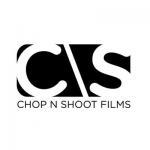
Petition for Samsung NX1 hack
Kisaha and one other reacted to /Chop N Shoot Films/ for a topic
Amazing. Thank you so much.2 points -
Karma is now available. I think I am gonna get one since I have 40% coupon. IQ is incredible message from the video author in the comments: Honestly I almost left the shots untouched. Some I didn't touch at all such as the 2.7 linear shots. No noise reduction, no sharpening, didn't do any external color correction! With a modified 3x zoom lens on a hero 4 on Karma you see how the stabilization is:1 point
-
I don't know if you've seen but Raf actually makes a 16-H clamp now that is exactly the same as a Redstan (but costs a 1/4 the price).1 point
-
Canon XC10 4K camcorder
hyalinejim reacted to BenEricson for a topic
1 point -

Full Frame Aesthetic?
Timotheus reacted to fuzzynormal for a topic
Could it be a circle of confusion?1 point -

NX1 vs. Blackmagic Cinema Camera (EF mount)
graphicnatured reacted to IronFilm for a topic
Noooooooooooooooo.............. don't get BMCC EF!!! Get BMCC MFT at least, or even better BMPCC / BMMCC.1 point -
Great article.. and amazing film project. People gotta understand the film budget is peanuts compared to the rest of the mission.. A couple lost cameras/lenses is no big deal whatsoever in the grand scheme of things.. Also what an advertising for Canon lol... their cameras were chosen to go outer space because of: A. simpler menu systems then Sony/Phantom B. less bulky then Arri C. their gear is NASA certified D. test audience chose Canon colors over RED !1 point
-
right i've seen you link that a couple times here.. it was Andrew though that initially got me to seriously consider the D750 with this blog entry: http://www.eoshd.com/2014/09/nikon-d750-review-initial-thoughts-real-world-footage-ladies-gentleman-contender/ I've since shot a few docus, including one that was screened at Le Louvre and got me a standing ovation by some pretty prominent art critics.. I switched to Canon a couple months ago and although the C100 is nothing but joy, 5D3 pre ML RAW was a giant step back for me from D750. And even with ML RAW.. I must admit I do really miss the D750. Something about that sensor & the colour science. Everybody always raves about Canon.. but Nikon perhaps fits my aesthetic even better.. I am going to need to upgrade to 4K body/system in 2017. As of right now, only Sony fits the bill.. but here is to hoping for a 4K D760. All that's missing aside 4k is dual pixel type phase AF, peaking and indeed maybe a super flat Nikon Log profile to kill 5D4/A7S/R2. I feel like we may get at least half that extra.. Nikon may claim to not want to alienate their still photogs, but in reality they are paying close attention to the competition (especially Canon) and I believe will try and trump them feature wise, which includes video. Finally lets' not forget they did put out the Filmmaker kit in partnership with Atomos, so they definitely got videographers on their radar - at least with the D7xx line:1 point
-
A7R II vs Canon 5d mark IV as hybrid cameras
jasonmillard81 reacted to Arikhan for a topic
@jasonmillard81 I don't have any demo for this. That said, there are many many samples for high low-light capabilities of the D750, A7R II, 5Dm2...These 3 cameras (OK + Canon 1DXm2 + Nikon D3S + D4, etc.). Furthermore the fantastic focusing skills of the D750 in very low light are proven in real world conditions by many photographers. Even the A7R II is in low-light focusing questionable...So this is not only all about IQ but focusing capabilities too...And herein I don't have ANY proof for the Fuji. Furthermore, don't forget TCO. As said, the X-T2 is all in all not very affordable for me...1 point -
Go with the d750 (shouldn't there be a d760 coming soon?). You can always film in crop mode on the d750 if you have a problem.1 point
-

A7R II vs Canon 5d mark IV as hybrid cameras
jasonmillard81 reacted to Geoff CB for a topic
Seriously, if you want a camera just for low light alongside the NX1, get at D750.1 point -

EOSHD C-LOG
Souto reacted to Eduardo Portas for a topic
Finally had the time to post some results. Here are some before and after shots using Andrew's C-Log. This was shot incorrectly, though. I used very high ISOs to brighten the image. Instead, in his included guide Andrew recommends using a very low ISO and exposing for the highlights. Afterwards, ideally, you can bring up the shadows in post. Gear used: 7D Mark II, 17-50 F2.8 at F8, 30 fps and ISOs in the 8000 range (lots of mosquito noise when seen at fullscreen size) In post I just used a bit of Film Convert and bumped up the saturation. Notice the shadows below the tree trunks. Those would never be visible with Canon's standard profiles. So overall very happy with the results, taking into account this is a bit of a torture test for an 8-bit codec.1 point -
Testing a Fuji XT2 vs a6300 this weekend, any requests?
TheRenaissanceMan reacted to John_Harrison for a topic
Oh Also a comparison of all the different film simulations of the fuji with their equivalent DRs, colors, etc (I'm most interested in Pro-Neg vs Classic Chrome)1 point -
A7R II vs Canon 5d mark IV as hybrid cameras
jasonmillard81 reacted to Arikhan for a topic
@jasonmillard81 Yes, I've seen it. But I must act from a realistic and practical point of view. As said, buying in the Fuji ecosystem means investing in a for me new ecosystem (lenses, filter, etc., etc.) and that's expensive. As I am not a pro making money with photography and filming, I have to administrate my tight budget. And the Nikon ecosystem is - for my use - much more cheaper than the Fuji. Point 1. Point 2: The X-t2 is till now NOT known as low-light monster. So the stunning video IQ of this camera under ideal lightning conditions is useless for my purposes...There are so many cameras with stunning IQ, but only a handful competing in extreme low light and afordability concerning total cost of ownership. I work hard for photography and filming during holidays (earning money), but that said, please consider that I can not buy cameras + needed equipment pros can buy. So I have to be very realistic when buying equipment. I am more than happy with the NX1 (stills AND video), it's a fantastic and robust hybrid camera. The IQ is in my eyes mindblowing, AF and usability too. But it rapidly falls apart in low light conditions. I get in some conditions unusable STILLS with ISO 6.400. Very decent light, low contrast, tungsten and yellow-brownish light are not the strongest points of the NX1. In such conditions the Samsung is as bad as my old 7D, despite 50mm 1.8 lens...The NX1 looses almost any detail, contrast and IQ. There are the limits of this device.... So I have to compensate this point with another camera competing in these poor light conditions.1 point -

Full Frame Aesthetic?
Timotheus reacted to Lintelfilm for a topic
Theoretically, yes. That's why I like the Sigma APSC zooms (yes I know I keep going on about them) on my C100 - because you can see the corners/edges. However different lenses have different corner characteristics. Some are not so nice.1 point -
Unless you shoot them wide open almost nobody would be able to tell the difference unless they were looking for it. Even if you do shoot them wide open, most audiences would not notice, though people on this board probably would. A7r II Super 35 mode with 28mm Voigt A7r II Full Frame mode with 40mm Voigt1 point
-
Full Frame Aesthetic?
tweak reacted to Mattias Burling for a topic
No you cant. Look at the Tony Northup frame I posted. It clearly proves that you can replicate the image from a large sensor in the way you earlier suggested. I tell you what. Take the three lenses and sensor sizes you listed in your first post. Take three photos from the same distance of the same subject. A person with a background similar to the example I posted. I will give you $100 it they turns out exactly the same.1 point -
A7R II vs Canon 5d mark IV as hybrid cameras
mercer reacted to jasonmillard81 for a topic
Have you seen this? I cannot get over how great the quality is...i'm literally stunned.1 point -
Canon XC10 4K camcorder
Lintelfilm reacted to mercer for a topic
Just watched the demo... Really cool plug in. The inverted mask really helped the final look, but I wasn't so sure it would because the flaring creeping into the center of the frame looked pretty realistic as well, but keeping the effect at the edges, it left just an impression which was subtle. Good job. And thanks for making it.1 point -
They won't match, theoretically the 35 1.4 should give something like the 50 2 on FF, but 50 2 on FF is something super clean,the nikkor 35 1.4 on DX is messy. (You can up your iso for the lighting, there is no problem in using different f stops). But seriously, who cares? Nobody but anal pixel peepers would care.1 point
-
hate to repeat myself but its about letting your loyal customers think other brands are handling the video better, even if its just a perception made by very local internet commenters, not that D5500 or D750 output is totally useless. People are comparing and vote with their money.1 point
-

Full Frame Aesthetic?
Viet Bach Bui reacted to Lintelfilm for a topic
@Mattias Burling (and following on from my own answer) of course this is where super fast lenses for smaller sensors come come in. An f/0.95 on MFT will be ROUGHLY equivalent to a 1.8 on full frame. If we talk about zooms only, the Sigma 1.8 APSC zooms are roughly equivalent to 2.8 zooms on full frame. And seeing as you can't get 1.8 zooms for FF you could argue they negate the FF advantage. But then you get into advantages of specific lens features etc (such as IS, focal range, AF) and it comes down to which system suits your needs best. I moved from MFT to EF for various reasons but partly because building a lens collection around EF on a S35 sensor is as close as you get to a video/cinema standard now (below PL of course).1 point -
Full Frame Aesthetic?
mercer reacted to Mattias Burling for a topic
The difference is only the distance you need or can be at from your subject. If we take 105mm for example. Its a lovely focal length for a portrait shoot. The amount of background blur in combination with how much the background is compressed is just spot on. But if you put it on a s16 like your BMPCC you need to back up way to long and mess everything up. With the APS-C its not as bad, but still bad enough that you might considering an "equivalent" lens. When you do switch to a 75mm you get the subject in frame from a workable distance but loose the FOV and background compression/separation of the 105mm. The DOF, Light input, etc doesn't change with a smaller sensor. Its the exact same thing as taking a pair of scissors and cutting out a smaller square of a magazine cover. Thats why Medium and Large format is sweet. With MF I can take a 75mm and get that lovely portrait of my dog. It has the same SDOF of field that you would get with a 75mm on your BMPCC or Nikon from that distance. But still have my entire house in the frame without using a wide angle. Because with a wide angle the DOF gets wider on any sensor. The pic above would have only her head in the frame on a small sensor like the APS-C. Everything else would remain exactly the same. With Large Format you can stand a few meters away and photograph a group of people head-to-toe and still get nice separation from a 100mm. If we take the Fuji x70 that I bought yesterday as another example. Its a APS-C with a 28mm equivalent. Some might thing, ok 28mm on FF with 2.8 would give me SDOF. But it won’t on the Fuji. Not because the sensor is smaller but because it is an 18mm lens. And there for get the exact same DOF as an 18mm on FF, not very shallow. So in short. You will get the nice SDOF and characteristics of your 50mm on the Nikon but with more in frame. You will get shallower death of filed simply by zooming without zooming so to speak. And yes its awesome You can intercut, its not always that big of a difference. (Fun fact, the picture of the dog is taken with the first camera any member of my family ever bought. It was my mom who got it as a child. Still works perfectly) http://camerapedia.wikia.com/wiki/Certo_Phot1 point -
NX1 vs. Blackmagic Cinema Camera (EF mount)
Neil Anderson reacted to Mattias Burling for a topic
Ive used both and owned both more than once. They are quite different and I would decide firstly depending on what I was going to do with them. And if you decide BMCC I would also have the BMPCC in mind. You dont "Need" any accessories for the BMCC, but it can sure be "Nice" to have. But even if the NX1 is a bit more out of the box, I used pretty much the same number of accessories for it as on a Blackmagic. Im not talking about you know, but many people in got confused when the BMCC/BMPCC was new and said, "No I dont want a Blackmagic because Philip Bloom, DSVLvideoshooter, etc, said it needs a rig to operate, so Im buying a DSLR instead". Well, those guys uses rigs for DSLRs to, and for video cameras, and cinema cameras. So imo and experience you can just pop on a lens and ND and go shoot. For the NX1 you bring extra batteries, for the BMCC you bring a battery. Tripod is needed for both in most scenarios but the NX1 is of course easier for handheld without support. But if you just want to know the difference in image and output, my personal opinion is: NX1 + Detail + Slowmo + Very small files + EVF/Tilt Screen - Need conversion - Sometimes to sharp (looks to video) - Need the expensive S-Zooms imo (which are awesome lenses and can be had cheap, I payed 0 dollars after selling) BMCC + Raw + Prores + Awesome and cinematic image + Higher Dynamic Range - Bigger - No Slowmo - No EVF My choice: For narratives I would easily choose the BMCC over the NX1. Alternative If you want a camera for handheld thats a bit bigger than the NX1 but smaller than the BMCC. That shoots amazing cinematic Raw as well as compressed HD still worthy of webb publishing. Better DR than the NX1 but a bit lower than the BMCC. Long lasting battery. Can take stills. Shoots Raw slowmotion. Costs about the same used. Then the 5Dmkiii is for you. (BTW, regarding the fact that the NX1 is off the market. I wouldn't care to much. Any of the cameras will loose a lot of value over the coming years anyway. I recently put out a WB ad for a NX1 and was offered the body in mint condition including the S-Zoom and a couple of primes for less than $1000 from more than one seller.)1 point -

My Sigma 18-35mm's AF stopped working (on a C100 MkII with DAF)
Lintelfilm reacted to Shield3 for a topic
Speaking of the Sigma 18-35, it's the only "designed for APS-C" lens I am keeping in my kit; it does not vignette at all on the 1dx II in 1.4x 4k. It's a stunner of a lens!1 point -

A7R II vs Canon 5d mark IV as hybrid cameras
mercer reacted to TheRenaissanceMan for a topic
Ming Thein has tried both and claims the D750 is the king of low light stills IQ, as well as the best-focusing full frame at its price point. With lightly used/grey market prices hovering between $1200 and $1500, it's a hard offer to turn down.1 point -
It was a little assholey... Lol... JK.1 point
-
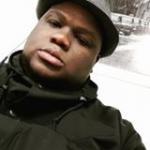
Canon XC10 4K camcorder
kidzrevil reacted to HelsinkiZim for a topic
Got it, thanks! Not assholly at all. Perfect argument: Bullet point... benefit... close. How it should be always:-) Edit: if you worked for Tiffen you would have just made a sale!1 point -

Canon XC10 4K camcorder
kidzrevil reacted to hyalinejim for a topic
What diffusion filter did you get @kidzrevil? I ordered a 1/4 Black Pro Mist the other day. If anyone is interested, there's a great comparison video that demistifies the differences between diffusions.1 point -
@Geoff CB Thanks Geoff! The STILL-IQ, the VIDEO-IQ or both? BTW: You guys are incredible! So much experience and good advice....After your advice i've took a look at some D750 samples (video + stills) and the DPReview full review and nearly ALL experienced shooters/reviewers love this Nikon: http://www.rossharvey.com/reviews/nikon-d750-review and https://***URL removed***/reviews/nikon-d750 In addition this camera + 3 prime lenses (35mm, 50mm and 85mm) is much more cheaper than the a7r II + the same Sony native prime lenses...round about 2.500,- Euro here in Germany. BTW: My "dream" solution would be a 1DX m2, but first I am still a scholar and second that would mean some additional costs in a new editing PC hardware...Out of reach for me... ;-)1 point
-
Sony FS7 mk2 is coming.
Liszon reacted to JurijTurnsek for a topic
New picture profile named "Kenon Kolor", just to fend off any lawyers.1 point -
Here is my latest NX1 edit. Including the dreaded exposure shift issue seen in the first shot... The majority was shot in 1080p 60fps & 120fps and graded heavily with DeLuts from James Miller.1 point
-

A7R II vs Canon 5d mark IV as hybrid cameras
Shield3 reacted to Viet Bach Bui for a topic
If you're a professional making money from stills photography then 5D4 because it has pro features like better build, deeper buffer, faster fps and dual card slots. If not then the A7RII is a more well rounded camera and will give you a better experience shooting both stills and video. Don't worry about color science too much because it's only hard to get right when working with slog, the image is already mighty fine in the other profiles.1 point -

Kipon EF-S/E AF with ND Filter
IronFilm reacted to Martin BetterFly for a topic
speed booster with AF and ND, it would be dream come true1 point -
Your ideal NX1 Settings
SMGJohn reacted to ricardo_sousa11 for a topic
Thank you! I honestly cant remember, its been quite a while, but it wasnt too hard, Ill try have a look and try to get something for you Im currently testing some new settings, heres a few examples, these are all separate projects, so they all have a slightly dif. look. These are all videoframes, and not pictures, as soon as im done testing these settings, ill share with you guys! Im considering creating a specific lutpackage that could be sold at a very affordable price, what do you guys think?1 point -

Projection anamorphic adapter 35 NAP 2-2 modified sample video
Jim Chang reacted to SassySpaceMan for a topic
Thank you! In the case of these larger lenses projector lenses, their minimum focus distance is around 15m-20m and their maximum focal distance extends past infinity for the focal plane of the camera. Thats why shortening the distance is required for this lens. I recently came by a lot of well preserved yet massive anamorphics for basically nothing in auction, in their current state they are very impractical for filming but since I have so many I can hack away, experiment and adapt.1 point

